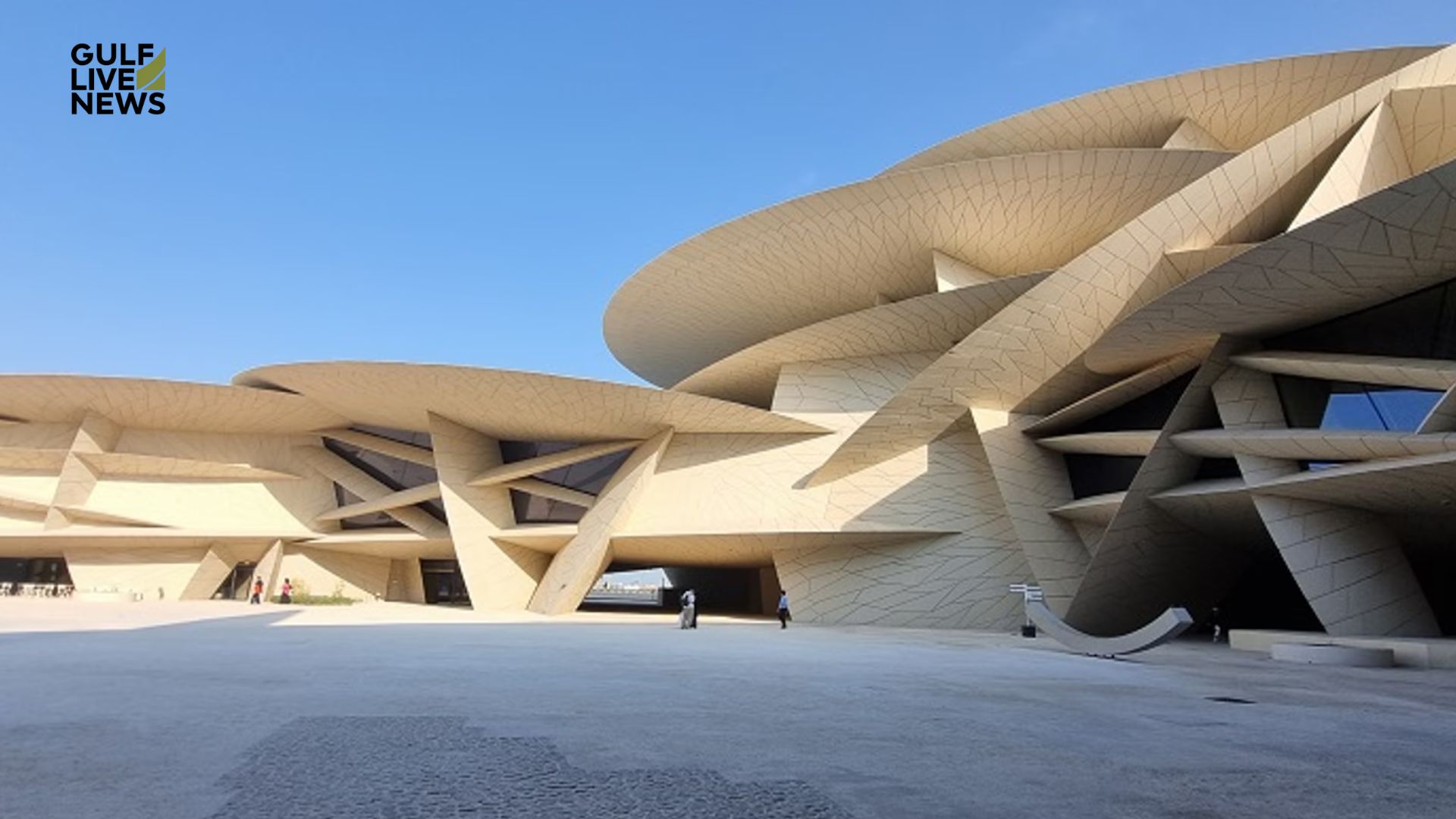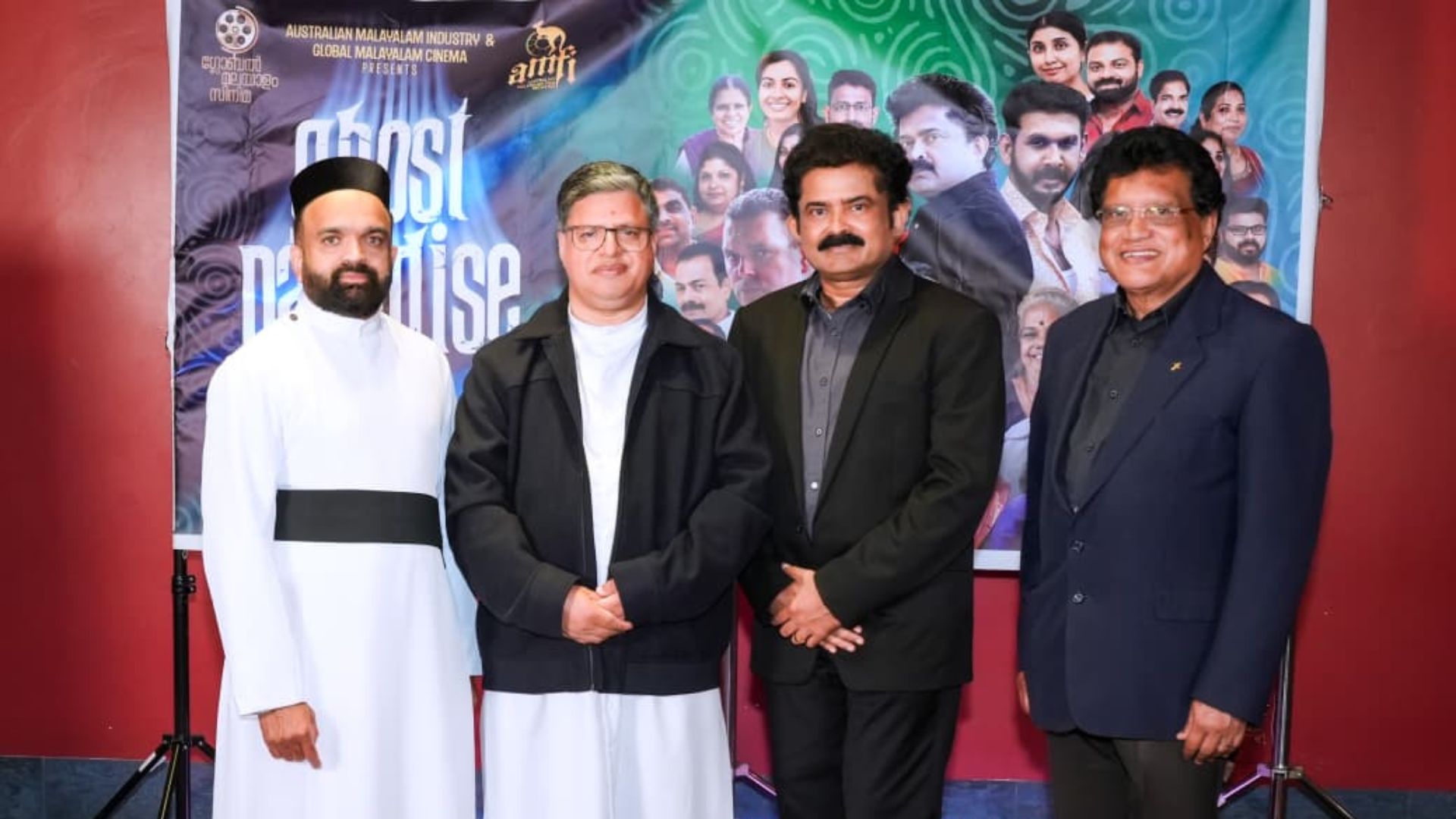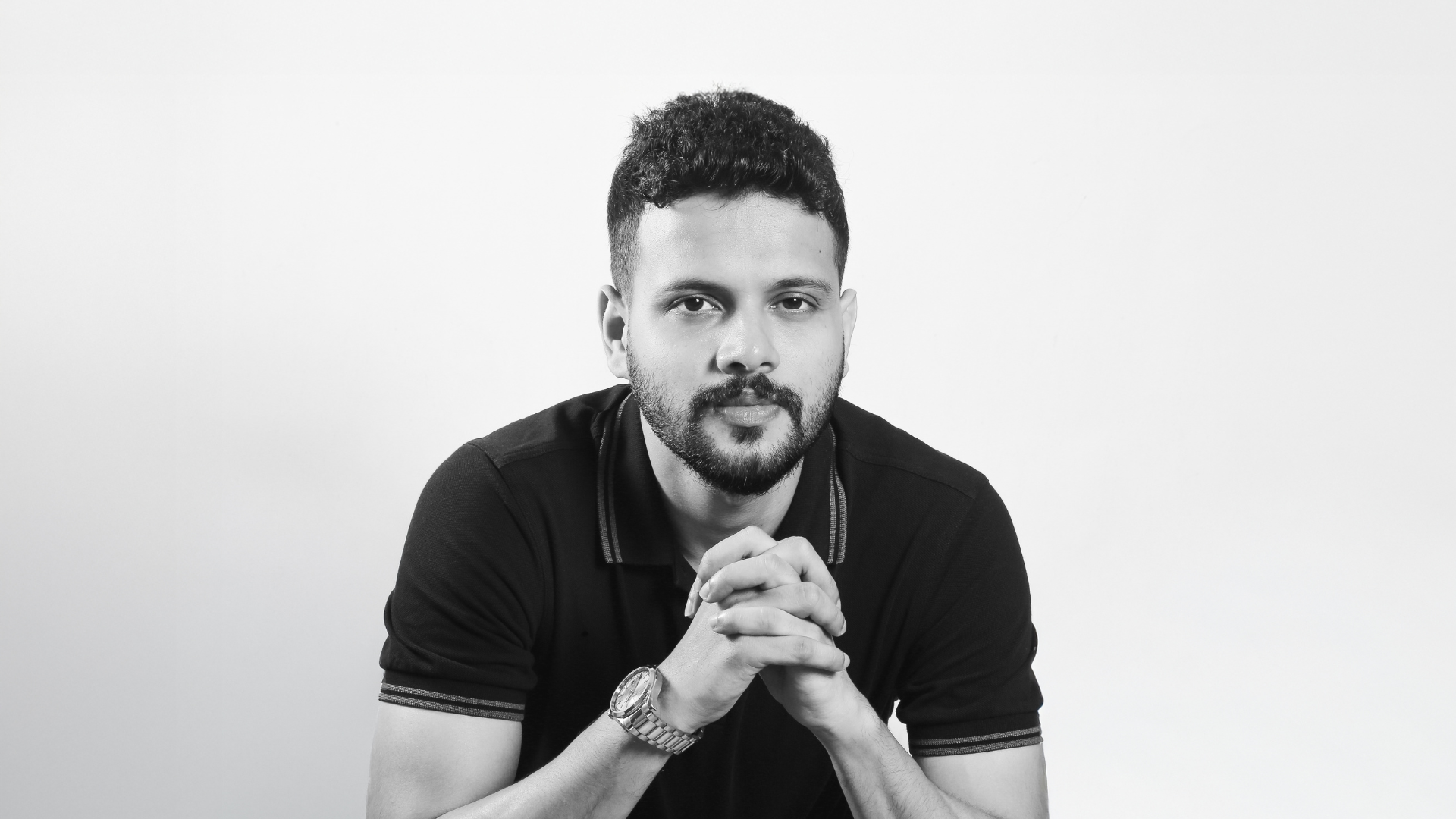The National Museum of Qatar (NMOQ) stands as a testament to the country’s commitment to education and cultural enrichment. With its stunning architectural design and rich array of exhibitions, the museum invites visitors to explore the history and innovation of Qatar and beyond. This report details how the museum engages audiences and inspires learning through immersive experiences, interactive exhibits, and a strong emphasis on sustainability.
A Cultural Landscape in Qatar
In recent years, Qatar has become a focal point for international events and cultural activities. The year 2024 has been particularly significant, with Doha hosting the first-ever Web Summit in the Middle East and the Digital Creator Awards. These events attracted over 100 prominent creators from the Arab world. Alongside these business initiatives, technological collaborations like Ooredoo Qatar’s M360 MENA and the Digital Ecosystem Conference have solidified Qatar’s role in the emerging digital and technology sectors.
Qatar Museums plays a crucial role in this cultural transformation. This government agency is dedicated to shaping Qatar into a vibrant educational and cultural hub. In its mission, Qatar Museums fosters innovative thinking and engages the community in dialogues about cultural heritage and environmental sustainability.
A Time-Travel Experience at NMOQ
The National Museum of Qatar captivates visitors with its design and extensive exhibitions that allow for a unique journey through time. The museum features early galleries that illustrate the Earth’s evolution over millions of years. These galleries present diverse ecosystems and species through vivid landscapes and seascapes.
The museum is also recognized for its advanced audio-visual experiences. Surround sound technologies and film presentations create immersive environments that whisk visitors back to ancient terrains, including vast canyons and the Sahara Desert’s shifting sands. A highlight is an engaging film directed by Jananne Al-Ani, which combines aerial views of archaeological sites with close-ups of historical artifacts. This multimedia approach effectively merges ancient history with modern technological storytelling. Items such as stone-cutting tools and pottery shards come alive, telling the stories of caution and discovery from the past.
Interactive Learning for Younger Visitors
The NMOQ does an excellent job of catering to younger audiences. It features numerous interactive exhibits designed to make learning enjoyable. One standout exhibit is the Nakilat Adventure Ship. This playground mimics a traditional Qatari boat wreck, where children can delve into Qatar’s rich maritime history, exploring themes like pearling, fishing, and sailing.
In addition, the museum provides displays that teach children about navigation using stars or tracking wildlife in the desert. These interactive experiences seamlessly connect young visitors with Qatar’s cultural heritage and natural environment.
Furthermore, the museum emphasizes the significance of animals in Qatari culture, showcasing creatures like camels and falcons. Special exhibits focus on pearl diving, including an emotional film titled Nafas (Breath), directed by Mira Nair. The film recounts the hardships faced by pearl divers who spent months away from their families, relying on the sea’s unpredictable bounty.
Qatar’s Industrial Growth through Museum Narratives
The National Museum of Qatar does not shy away from the narrative of modern Qatar. Visitors can explore an interactive digital wall that displays hundreds of images and historical documents detailing Doha’s rapid industrialization journey. This includes the discovery of oil and the rise of liquefied natural gas (LNG) as an economic cornerstone.
A significant film by John Sanborn, titled Alchemy, illustrates how LNG transformed Qatar’s economy, shedding light on the nation’s remarkable ascent to prosperity. As visitors navigate through various exhibits, they encounter digital installations that delve into the new opportunities appearing on Qatar’s horizon, especially within sustainability and global community engagement.
A Global Perspective on Culture and Collaboration
The museum’s educational vision extends beyond the borders of Qatar. It embraces a global perspective, partnering with international archaeological projects such as the Qatar-Sudan Archaeology Project. This initiative focuses on protecting and developing heritage research in Sudan, showcasing Qatar’s growing involvement in global culture and academia.
Additionally, Qatar Museums curates exhibitions that highlight both local and international artists. The Manzar exhibition, for instance, features over 200 works from Pakistan’s art scene, cementing the museum’s dedication to cultural exchange. The public art installations throughout Qatar, commissioned by renowned artists like Damien Hirst and Sarah Lucas, further illustrate the museum’s commitment to creativity at every turn.
Embracing Technology and Sustainability
As the world embraces change, the National Museum of Qatar remains at the forefront of technological integration in art and culture. Through digital archives, virtual tours, and interactive displays, the museum enhances the visitor experience, making it accessible and engaging to a diverse audience.
An essential aspect of the museum’s mission is spotlighting sustainability. Exhibits, public programs, and events encourage guests to consider the impact of human activities on the environment. The museum’s efforts align with Qatar’s broader commitment to preserving its cultural heritage and promoting environmental consciousness.





